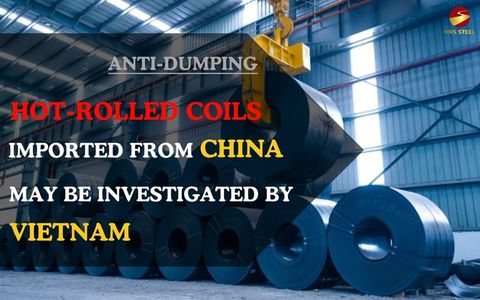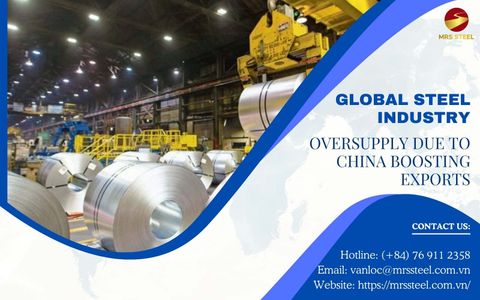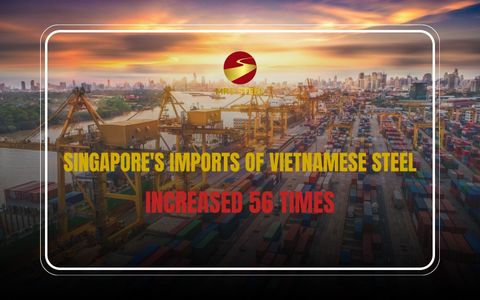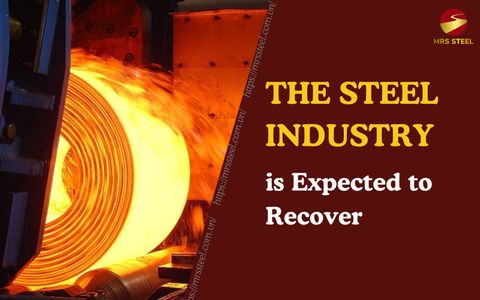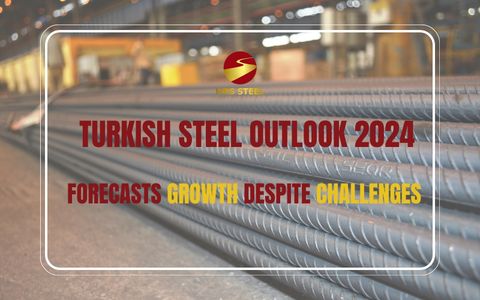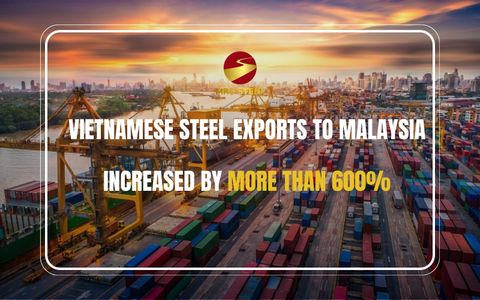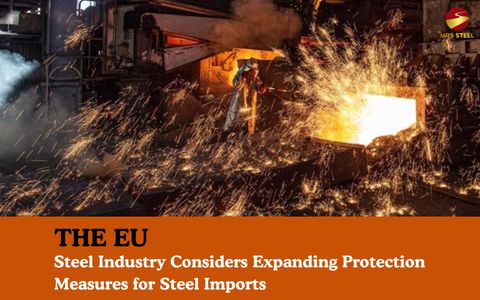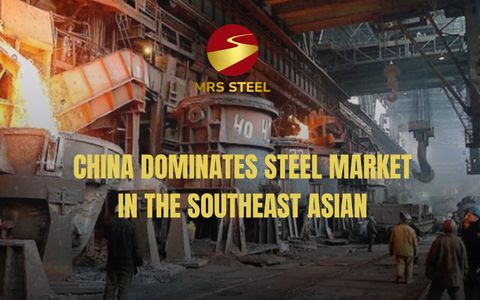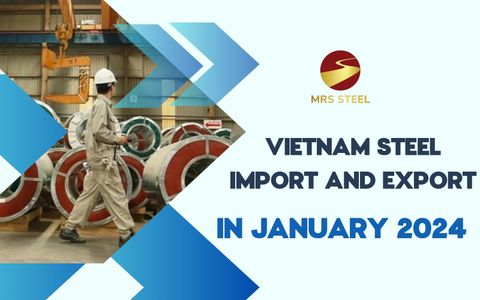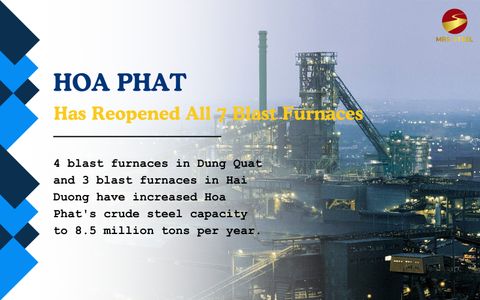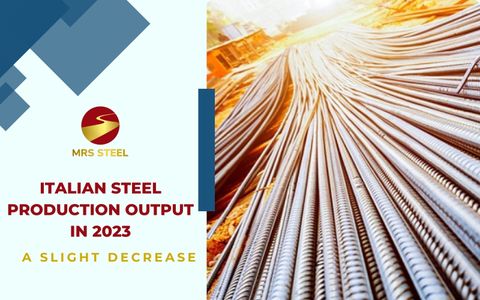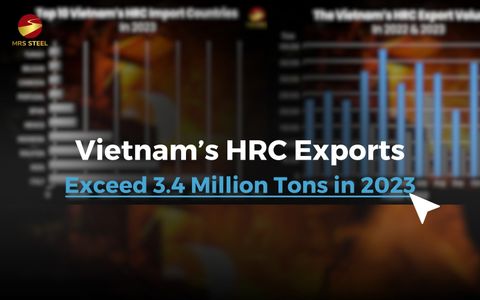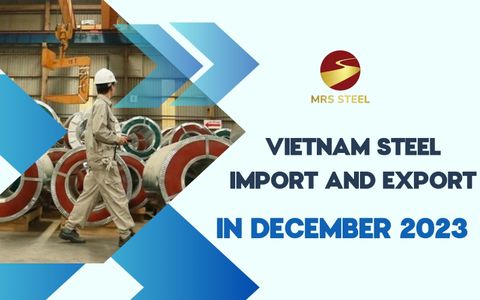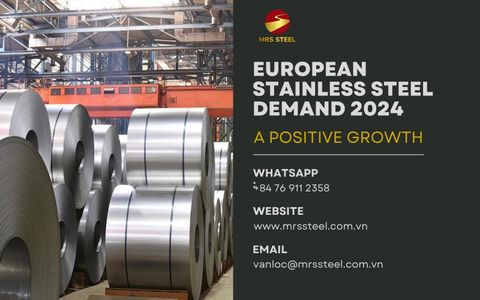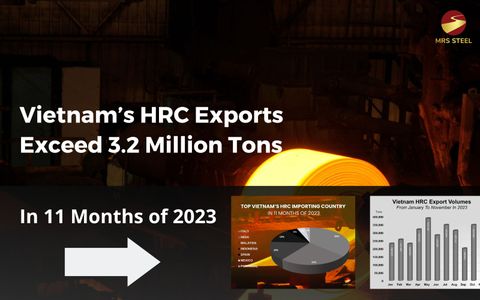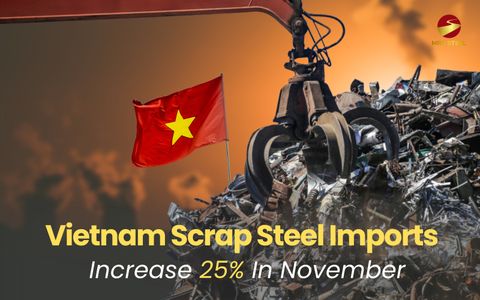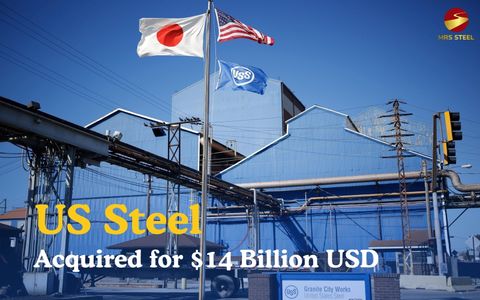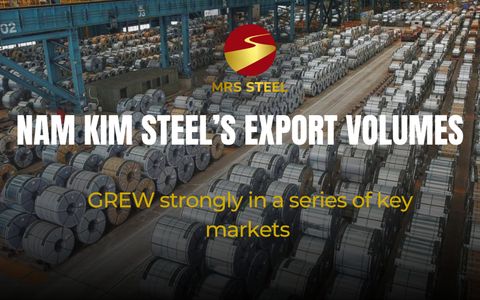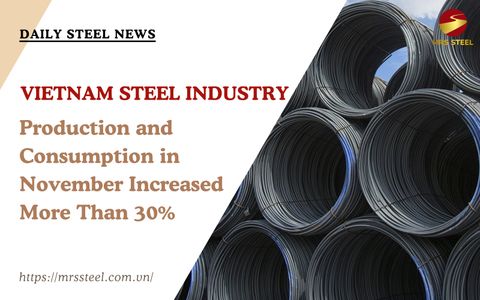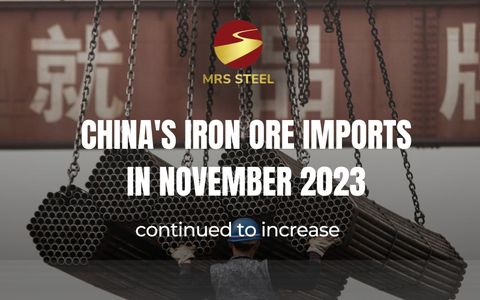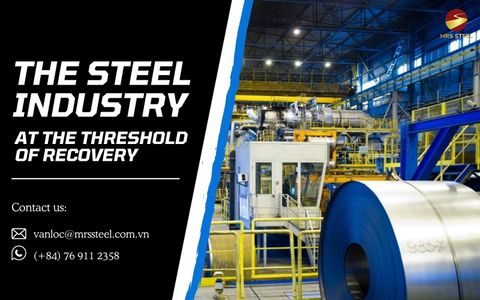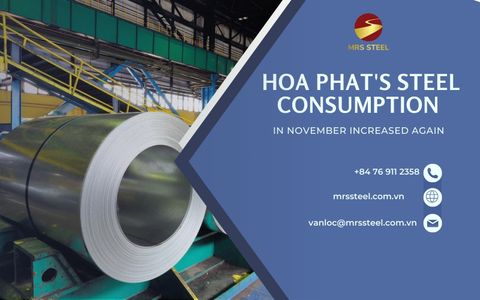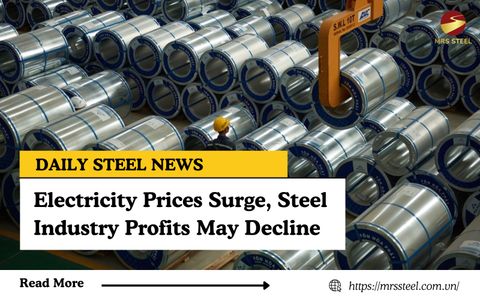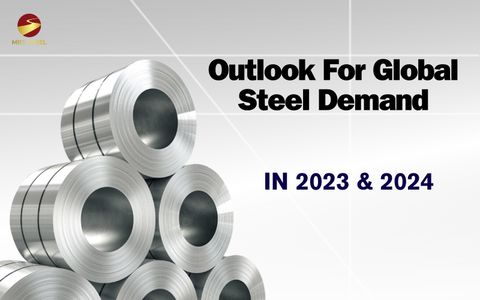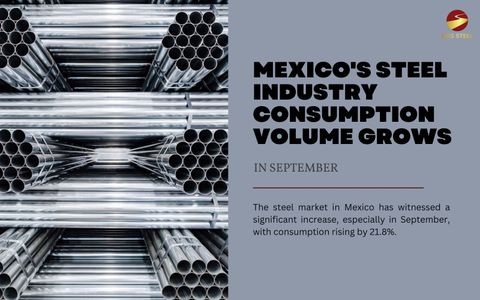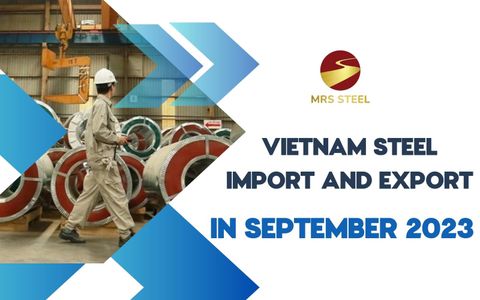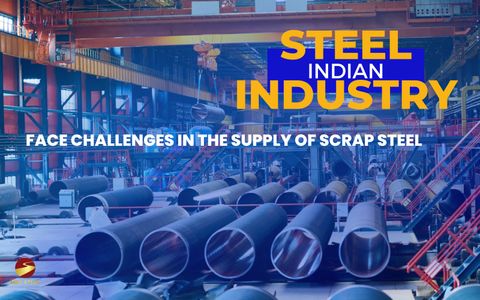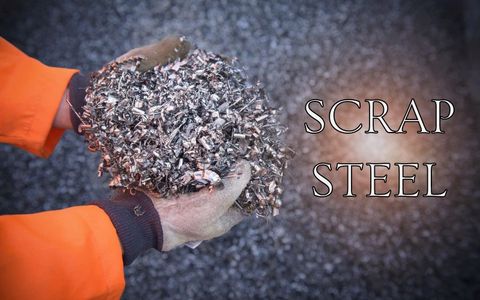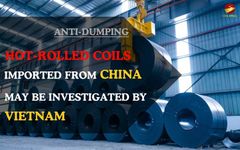Vietnam Steel Industry Shows Optimistic Signals for the End of 2023

Steel NewsDate: 26-09-2023 by: Ngan Le
In the context of decreasing domestic steel prices, steel experts analyze that many optimistic signals will show towards the end of 2023. Positive indicators from Hoa Phat's revenue, the recovery potential from the real estate market, and the breakthrough demand from the export market have kindled hope for the Vietnamese steel industry.
Positive signals from the Vietnam steel industry giant - Hoa Phat
A distinct positive signal comes from the revenue of Vietnam's steel industry titan - Hoa Phat. Specifically, in Q2/2023, the conglomerate's revenue reached VND 29.800 trillion (equivalent to 1.2 billion USD), marking a 21% decrease compared to the same period last year. However, the after-tax profit for Q2 is tripling from Q1 with 1.448 trillion VND (over 59 million USD).
Hoa Phat is currently regarded as the leading enterprise within the scope of Vietnam's steel industry, possessing more than seven high-furnace steel mills. Depending on the crude steel capacity of 8.5 million tons per year, Hoa Phat has been at the forefront of the construction steel segment in the Vietnamese steel market for many years. The positive export shift also contributed to the enterprise's recovery in the recent Q2, especially in the HRC segment in significant markets, including Europe and the ASEAN region. As such, Hoa Phat's business prospects are also seen as a hope for many other Vietnamese steel companies.
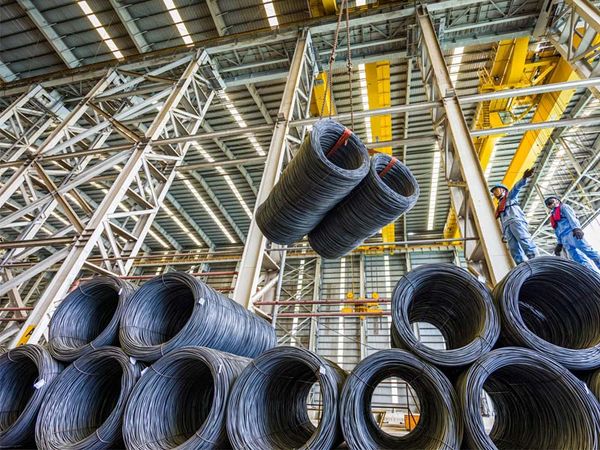
The real estate market's resurgence boosts steel consumption demand
The most significant hope for the domestic steel market now depends on the recovery signals from the real estate sector aimed at stimulating construction and driving steel consumption. VNDirect - Securities Joint Stock Company predicts that real estate supply will clearly recover and become vibrant again from 2024. Therefore, the steel demand will be boosted again. Accordingly, steel demand had decreased due to the sluggish real estate situation since the second quarter of 2022, when home buying interest rates increased, and credit room was limited.
Currently, the government is trying to address challenges by introducing policies that allow real estate investors to extend debt payments for bonds and banks, reducing cash flow pressure and facilitating the deployment of future projects. Concurrently, VNDirect also anticipates timely amendments to the Land Law, which would help streamline housing project approvals, fostering the demand for housing construction and efficiently addressing the domestic steel consumption output.

Steel demand surges from the export market
According to VNDirect's assessment, consumption and export volumes in China are expected to decrease in the second half of 2023. While China is considered the world's largest steel factory, nearly half of its major plants have reported losses over the past six months, leading them to have to reduce production. Reducing China's imported steel supply will ease competition for Vietnamese exporters, offering further opportunities for Vietnamese steel enterprises to expand their global market share.
Amidst the positive export trend, Q2 revenues for Vietnamese steel companies were almost on par with Q1/2023. Specifically, the total industry steel consumption reached 6 million tons, of which exported volume was 2.1 million tons, increasing 25% compared to the same quarter of the previous year and a 34% rise from Q1/2023. Hot rolled coil steel (HRC) exports surged to 1.1 million tons, a 128% increase year-on-year and over 50% growth from Q1/2023.
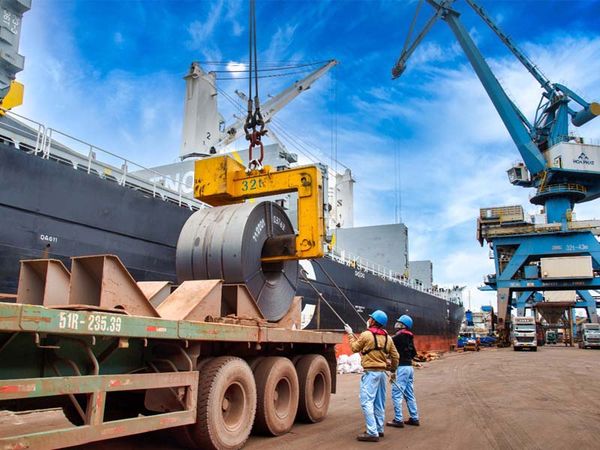
Regarding the steel industry's outlook for the end of the year, many analysts believe that steel consumption will closely match the previous year's levels despite a less optimistic Q1. Additionally, leading global forecasting firms anticipate a down in iron ore and coking coal prices, which will alleviate input cost burdens for manufacturers, consequently improving profit margins.



